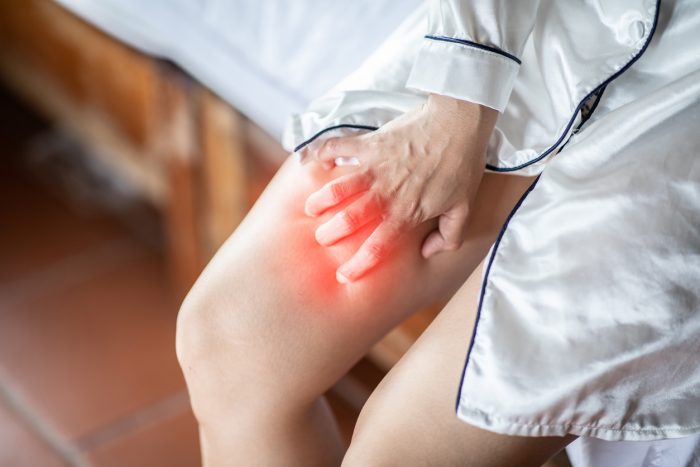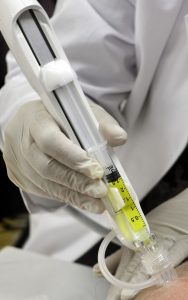 Lichen sclerosus is an inflammatory condition that affects the skin, especially around the genitals. This condition results in irritation, changes to the skin, itching, and pains. Lichen sclerosus is pretty rare and usually affects females, including those who have been through menopause and girls who have not started puberty.
Lichen sclerosus is an inflammatory condition that affects the skin, especially around the genitals. This condition results in irritation, changes to the skin, itching, and pains. Lichen sclerosus is pretty rare and usually affects females, including those who have been through menopause and girls who have not started puberty.
Typically, the physical symptoms of Lichen sclerosus manifest around the skin of the vulva, anus, or penis. These areas become thin, itchy, discolored, and irritated. Subsequently, blisters and sores could appear from persistent itching. It’s rare for these symptoms to appear on other body parts; however, it’s not impossible.
CAUSES AND SYMPTOMS OF LICHEN SCLEROSUS
Rheumatoid Arthritis is a chronic auto-immune condition in which a body’s immune system produces antibodies that typically attach to the linings of joints. Immune system cells attack these joints, resulting in swelling, severe pains, and inflammation.
It is common for inflammation to extend to the cartilage that encompasses the joint ends, resulting in irreversible damage and functional loss. In fact, if left untreated, rheumatoid arthritis further damages other tissues, including the heart, skin, lungs, kidneys, and eyes.
- Frequent falls: In women, this typically results in the vulva and vaginal. Uncircumcised men experience this symptom at the foreskin of the penis.
- Skin changes: It’s typical for white spots to appear on the genitals. The affected area could become thin, transparent, smooth, shiny, or crinkled as white patches spread.
- Ulcers and sores: As the condition progresses, patients experience blisters, cracks, and sores in their genitals. As such, the affected area may crack, bruise and bleed with the slightest touch.
- Scarring: At this point, if the condition is still left untreated, Lichen sclerosus can lead to scarring, making the genital anatomy appear different. Scarring on the anus or penis also leads to challenges with peeing or constipation.
STEM CELL THERAPY FOR LICHEN SCLEROSUS
 Two overall strategies are involved in addressing this disease with stem cell therapy. First, medical practitioners can engage in autologous stem cell transfer, whereby stem cells from patients are genetically altered to restore the missing protein – dystrophin – and re-implanted into the patient. For the second strategy, patients are implanted with allogeneic stem cells from an individual with functional dystrophin.
Two overall strategies are involved in addressing this disease with stem cell therapy. First, medical practitioners can engage in autologous stem cell transfer, whereby stem cells from patients are genetically altered to restore the missing protein – dystrophin – and re-implanted into the patient. For the second strategy, patients are implanted with allogeneic stem cells from an individual with functional dystrophin.
Both strategies reverse skeletal muscle damage by regenerating new muscle fibers. Bone marrow cells such as HSCs and mesenchymal stem cells (MSCs) are used for this process. These cells are multipotent and capable of differentiating into other connective tissue types.
They also offer anti-inflammatory and anti-apoptotic effects and can produce extracellular matrix molecules.

Dr. David Greene
MD, PhD, MBA
Dr. David Greene, MD, PhD, MBA, is a pioneering leader in regenerative medicine and healthcare marketing. As a residency and fellowship-trained orthopedic surgeon, Dr. Greene transitioned from clinical practice to become the founder and CEO of R3 Stem Cell and US Lead Network, where he has revolutionized patient care and medical practice growth through innovative therapies and digital marketing strategies. He has authored two influential books on healthcare internet marketing, ranks among the top expert authors globally, and has been featured on the cover of Corporate Vision magazine for his impact on global regenerative therapies. Beyond his professional achievements, Dr. Greene is passionate about education, compassion, and continuous innovation.

Sorry, the comment form is closed at this time.